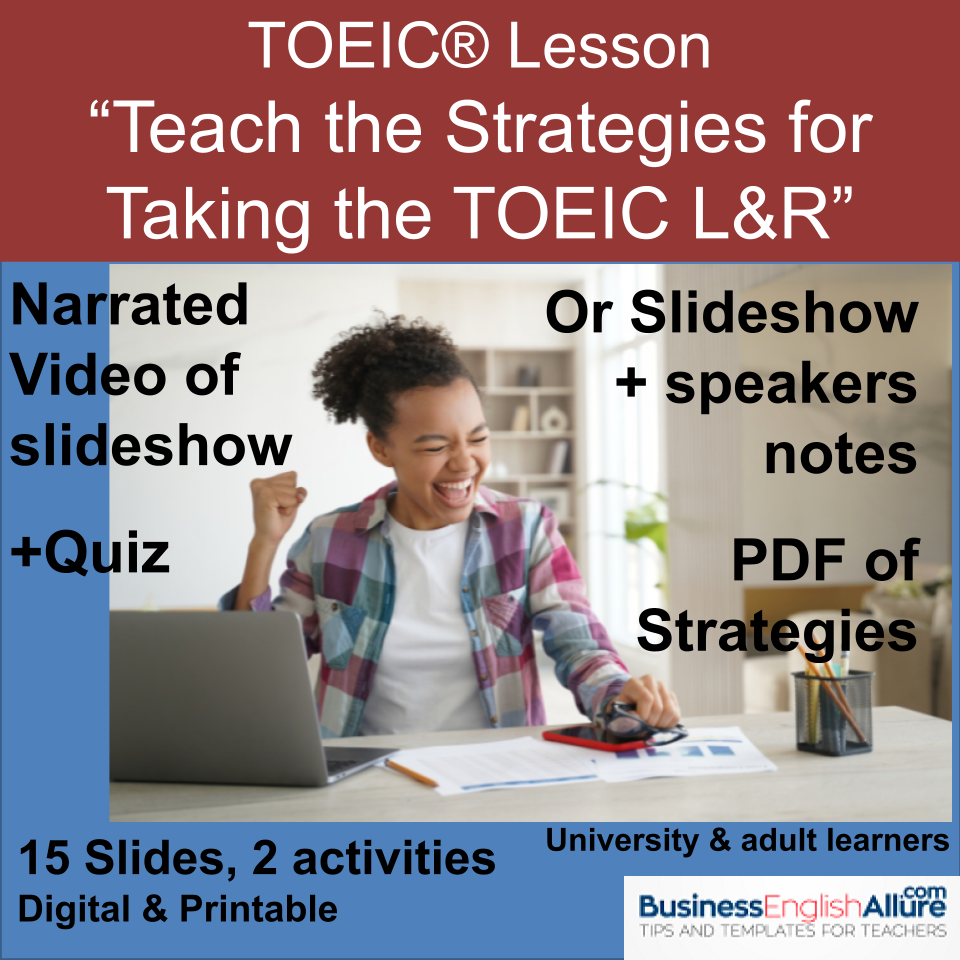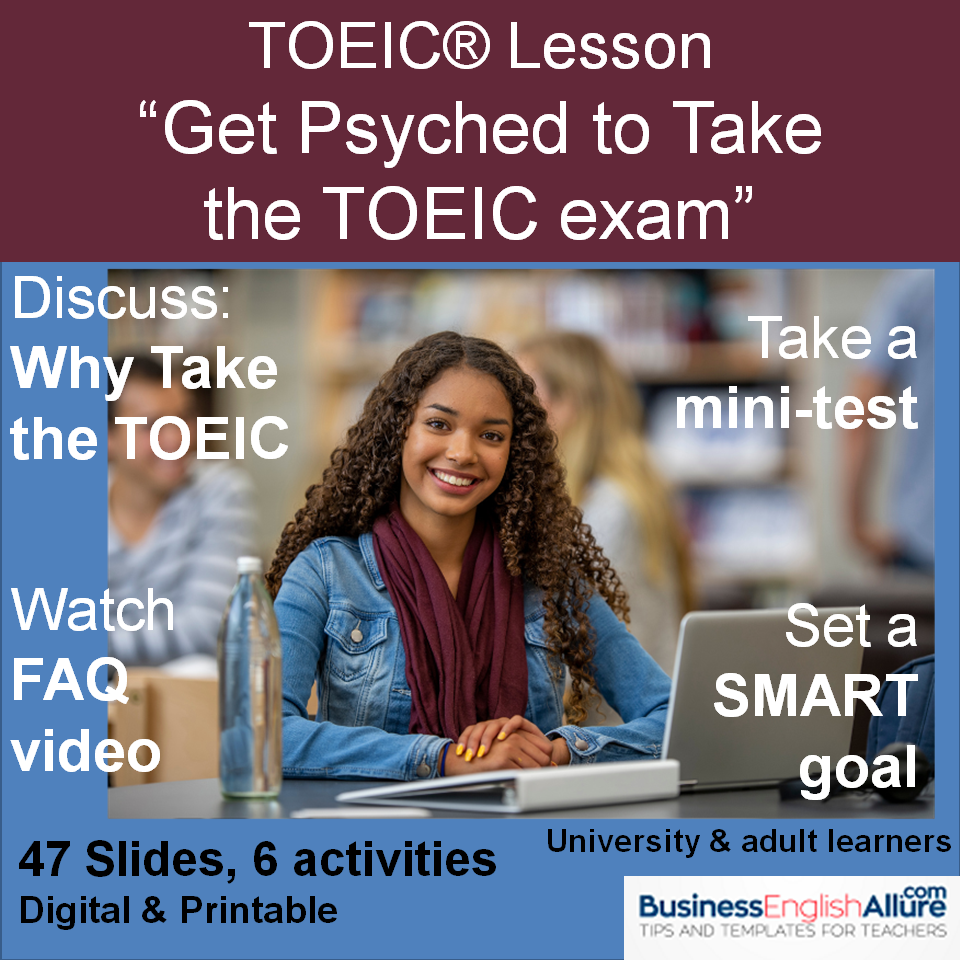What’s language coaching? Is it for me?

What’s the difference between language teaching and language coaching? A trainer transfers knowledge and skills to learners. It’s as if the learner were a passive passenger in her language acquisition journey. A coach puts the learner directly in the driver’s seat by pushing her to accept responsibility for learning.
A language coach trusts and believes that the learner does have ideas and solutions to the obstacles and stress facing her. She just needs some help in changing her mindset about language acquisition. That’s how Language Coach Gabriella Kovacs explained it in a recent interview.
“A coach works on how someone views themselves as a person (their mindset) in connection to the issues that they have and the challenges they are facing.” Obstacles and negative issues could be limiting beliefs such as “I’m a bad speller” or “I’m bad with languages.” Or a failure to set and reach language goals.
Language teaching decisions are top-down
A language trainer would come to class with content bent on teaching language skills such as vocabulary building, pronunciation, or listening comprehension. It’s the trainer who usually decides on the content that will help the student reach specific language goals like passing a test, or writing and delivering a presentation. A coach comes to a session empty-handed. Prepared to ask the right questions and ready to listen intently.
“Training is going to be top-down because the trainer or the training organization, or the company who is a stakeholder in the situation, have their own expectations, their goals, their requirements,” Gabriella explains. She speaks from experience since she’s been an EFL teacher/trainer since 1996 in Budapest, Hungary. “And the attendees do not have much say in what will actually happen in the training process.”
Language coaching decisions are bottom-up
On the other hand, in language coaching “There is a bottom-up approach in there is no content a coach is going to bring into the process. So they’re not going to tell the client, the learner, what to do but they’re going to be asking a lot of questions. There’s going to be a lot of immediate feedback on the conversation that they are having.
“So coaching is much more about presence, being very much present in the process with the client and listening actively. Basically, we’re not bringing anything into the process. We don’t know what the outcome will be either. So there’s no guarantee of what outcome a coaching process can have. Which is, I think, very interesting” she adds with a wry smile.
A trainer would take the responsibility for outcomes. A coach pushes the client to take responsibility for learning and outcomes.
Maybe you think, like I did, that you’ve been “coaching” your students intuitively all along? Well as it turns out from the interview with Gabriella Kovacs co-founder of the International Language Coaching Association and a Certified Language Coach since 2017, coaching is really a whole other profession.
Watch the 20min interview or scroll down to read the rest of the blog post
- She explains the difference between a trainer, a teacher and a coach.
- She’ll explain how to get training and how it’s not necessary to be a “certified coach” but at least learn the basics to language coaching such as active listening, asking questions, handling excuses and motivating so you can help your students when they’re stuck.
- Learn how she’s adapted her freelance EFL business to include coaching.
What the first session of language coaching looks like
It all starts off with the “chemistry call” a 15-20 minute conversation where the coach and client can see whether the chemistry works between them. It’s also about identifying what goals the learner has and what expectations they have.
“Some people might have expectations about coaching which are not for coaching but for training”, explains Gabriella. With an expectation such as “I need better vocabulary,” there’s not much a coach could do. “A coach can help them to identify processes in which their vocabulary can be boosted actively. If they find it difficult to learn new words, then we can work around that and try to find ways in which they can be more effective language vocabulary learners. But I’m not going to teach them new vocabulary in a coaching session. Right?” Right.
Next, send out a language coaching contract and explanation of the process
When the client’s goals are established as “coachable”, Gabriella sends out a coaching contract and a document that describes exactly what the coaching process is, how it works, and what kind of techniques might be used.
“Nothing too technical, but just one or two pages of what to expect… to clarify the uncertainty. The client has to go into the process feeling completely secure and okay with the situation. That’s really important. We have to build trust. It’s a new thing for some of them,” she adds.
The coaching begins with an “intake” session
In the intake session, goals are reidentified and may be broken down. Gabriella wants to get some background too on “what the learning history of the learner is, where they’re coming from, what it is that has happened so far which has been helpful, has not been helpful. And primarily we’re looking at where they are now. What they need and we create an action plan.”
The client is in the driver’s seat with the coach as passenger
Language Coaching “is all about pushing, in a positive way, but pushing the responsibility onto the client so that they get the control panel,” explains Gabriella. She uses the example of learning to drive “When you’re learning to drive and you’ve got the instructor next to you and it’s always kind of a safe bet because they can always step on the brakes. They could always change gear for you or whatever.”
In language coaching, it’s very similar. Here she imagines saying to her client “I’m going to sit next to you. I’m just going to ask you questions. Okay? I’m not going to do anything.” She calls it free falling. “It means that we trust, we believe that the learner does have solutions, does have ideas.”
Better language communication spills over into everyday life too
Let’s be clear that language coaching is not therapy or life coaching. However, the outcomes, the results of the language coaching process can impact other areas of the client’s life. She gives this example: “If we’re coaching somebody on issues in their communication in a business context where they feel that they should be more assertive and they should be able to represent themselves better in English or German or French or whatever. Then obviously, without consciously working on that, it’s going to impact on their communication not only the workplace but probably with family or friends.”
Language instruction can be mixed in with language coaching
If a client has a request for language instruction such as boosting vocabulary, Gabriella has to tell them that “Well you know, we can work on that but then I wouldn’t be coaching you I would be training you or teaching you. Are you okay with that?”
She can switch roles from coach to trainer but only with the client’s permission. Some of her English training classes are mixed with bits of coaching. “When I see that there’s an issue then I do say, ‘Okay, can I just ask you a few questions? Can we just look into this a little bit with my coaching hat on?'”
EFL teachers don’t really need to become a “certified” language coach
“I’ve been doing teacher training for a few years now and in my experience teachers don’t need a specific certification,” says Gabriella “It might be your path, it might not be. I think what is much more important is to be able to incorporate those skills and utilize them in the lessons that you have.”
“It’s going to be a win-win because you’re going to be happy because your learners are happy. Rather than you as a trainer feeling stuck, or your learner feeling stuck in certain areas, you’re going to have the tools and the technique to stop and say “Can we have a discussion around this because I think this is important.” And then you kind of resolve that issue and then you move on.”
Empathy may not enough to get learners to reach goals
I’m sure you have had the occasional learner who was stuck and wasn’t making any progress even though you tried everything and ran out of suggestions, haven’t you? That’s why I’m so happy to hear that teachers can be trained to use some coaching techniques when empathy and comprehension just aren’t enough to “unblock” a student who has a lot of negative memories from the past such as critical teachers in school, or humiliation.
And we’ve all had the student who is complaining and coming up with excuses about their personal life or work issues which are keeping them from doing their homework, for example. Gabriella as a coach would communicate in this way: “I hear you. I totally understand your situation. What is it that we can do now that will help you to be able to focus on your homework?” Empathy alone just isn’t useful, states Gabriella.
Here’s my understanding of language coaching represented in this info graphic

How language coaching can change your freelance EFL business
Since becoming a coach, Gabriella has niched down into working one-to-one or with small groups to support their communication, their performance in their own businesses. She also supports start-ups and works for multinational companies.
She’s also introduced a coaching program in a multinational company where she comes in and does coaching at the beginning part of a training program which fires up the motivation of the attendees and gets them really excited and more clear on what they can expect and what they want to do in their upcoming training.
During this coaching/brainstorming session with all the attendees are present their teachers are present as well. “It’s co-creating, you know, what’s going to go on in the classes themselves and the teachers are there. Everyone is involved and this gives them a completely different perspective and way to start the whole process of language training.”
Sounds like an innovative product. “Yes, it is a very good product,” Gabriella admits. “I’ve been called back again and again to re-contract so it seems that it’s really good. And the ROI, the return on interest is very high, because the attendance rate is above 90% generally.” Those kinds of attendance rates for group training would make any human resources manager happy.
What can EFL teachers do today to investigate becoming a coach?
“The first step,” according to Gabriella “is to decide how much time and energy you want to put into it because, you know, becoming a coach is not about a weekend program.” She warns teachers of false advertisements claiming that a weekend course will turn you into a language coach. “Just be careful. You won’t be a teacher in three days either and you won’t be a coach in three days. I mean it’s the same. It’s just a different profession.”
The International Language Coaching Association where Gabriella is cofounder with Carrie McKinnon was created “to support language teachers who are on their journey to becoming coaches, language coaches, or who want to acquire the skills of coaching that they can use in their classes.”
“We’ve got a four-part program,” explains Gabriella “called the FEEL program” which we usually offer teachers transitioning from teacher to coach and they’re somewhere on that journey and they just want to get beyond the intuition part.”
Coaching intuitively may not be enough to call yourself a coach
She’s heard a lot of teachers saying “You know I’ve been doing a lot of this intuitively.” Her response is “Great okay, but do you have a framework, do you have resources, you know you have hand-outs, do you know what kind of tools you can use actively in your classes so that you can actually call that coaching?”
Here are some of the things teachers transitioning to coaching might appreciate learning: Active listening and questioning skills, How to handle excuses. How to motivate with coaching.
A four-part program to transition to language coaching slowly
In the first two parts of the training, the Foundation and Expansion modules, teachers learn the basics, the foundations of coaching. The next two parts are about how to apply all this in a business context. What you can use from business mentality, business mindset. What different kinds of skills that you can adopt from business and use it with a coaching twist and apply in your classes.” Perfect for business English teachers – I think this is your thing definitely.”
Hesitant to signup for a module in the complete program? “Teachers can do a small commitment which is joining our “Members Only Zone” where you get a lot of resources, goodies, articles for a membership fee,” adds Gabriella.
Other ILCA resources to investigate language coaching
ILCA has a YouTube channel. There are e-books. Scroll down on the home page and signup for the pdf Language Coaching Markers which lists all the prerequisites for someone to be a coach or to be able to call themselves a coach. “We have a newsletter. I think that would be the first step of an action plan,” suggests Gabriella.
Books, articles and videos I’ve studied
“Language Coaches: What they are and how to work with them” //www.fluentlanguage.co.uk/blog/language-coaches
E-books written by Duncan Foord “English teacher learner to coach” with student book. Video of Duncan promoting his books at a conference in Serbia 2018 on YouTube. //www.youtube.com/watch?v=xDhiOk4QAgU
“The inner game of tennis” by W. Timothy Gallwey
DISCLAIMER: I am not affiliated with ILCA or with any of the links and books suggested in this blog post. I’m not making any money in promotions. It’s just a service for you and only recommendations.
Other “Ask an Expert” Interviews












